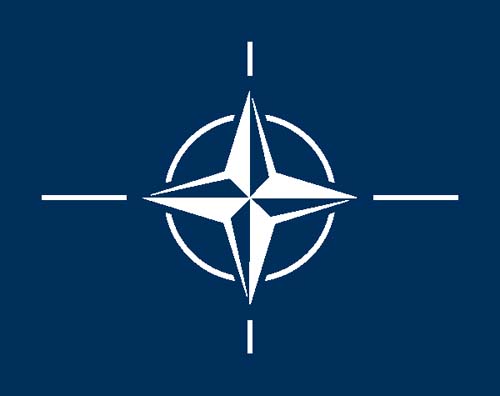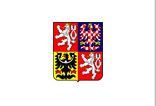Here you will find a series of key steps that will help you prepare for the inaugural Model Security simulation – Model NATO Serbia 2011. The Model Security ‘Group’ – to which you are all now subscribed – allows you to share information and discuss key elements related to the preparation phase.
To read the position papers produced by the Model NATO participants, please click here.
Four initial steps:
- What is NATO?
- What are the main issues facing NATO today?
- What are the main characteristics of your assigned country?
- What is your assigned country’s position on and within NATO?
1) What is NATO?
Participating in Model NATO Serbia requires a thorough understanding of the organization – its historical background, founding documents and decision-making structures. Understanding the principles, institutional framework and present initiatives of NATO is necessary to decide which policies and responses to propose and adopt. In particular, participants must be attentive to NATO’s relationship with other international actors, such as the UN, the EU and the OSCE, in order to contextualize its existence, previous engagements and current policies. NATO does not operate in a vacuum, nor is its membership exclusive; all NATO member states have other bi- and multi-lateral security relationships, and some members and partner states are former members of the Warsaw Pact. Understanding how NATO fits into the intricate network and layers of international organizations will help explain previous operations and current tensions within and outside the Alliance, particularly with respect to new members and the Russian Federation.
Key questions:
- Why was NATO initially formed?
- What is NATO’s structure and function?
- What are its responsibilities and powers?
- How has NATO evolved to new and emerging challenges?
Useful links:
It is recommended that prior to the simulation you pay close attention – primarily through reliable international news services and reputed think tanks – to developments in areas of interest to NATO.
You can also discuss such issues using the forum function of the Model Security group to which all participants are subscribed.
2) What are the main issues facing NATO today?
Throughout the development of NATO’s new Strategic Concept (which you can read in Serbian by clicking here), a variety of issues were up for discussion – including NATO’s changing relationship with specific actors (such as the EU and Russia), security sector reform (especially the modernisation of the armed forces and reintegration of soldiers into civilian life), the fight against terrorism (including cyber-terrorism) and various forms of trafficking (of weapons and humans) and energy security. The new Strategic Concept itself – plus the group of expert’s recommendations produced prior to the Lisbon Summit – provide a concise overview of the very issues and challenges facing NATO today.
Useful links:
- Facilitating Serbia’s Contribution to NATO’s new Strategic Concept
- Novi strateški koncept – Aktivan angažman, moderna odbrana
- NATO 2020 – Osigurana Bezbednost; Dinamičan Angažman – Analiza i preporuke Grope eksperata o novom strateškom konceptu za potrebe NATO-a
3) What are the main characteristics of your assigned country?
In order to accurately and effectively represent your assigned country throughout the simulation, it is necessary to familiarize yourself with its key characteristics, especially its main historical developments, political system, economic structure, social trends and general foreign policy orientation.
The simulation requires that you develop and remain as faithful as possible to the position of your assigned state when developing responses and solutions to crisis situation. Acting quickly yet faithfully requires a thorough understanding of the factors and considerations that go into each countries foreign-policy decisions.
One prime source of information that we recommend is the website of your respective assigned country’s Foreign Ministry, where you can learn more about the principles and . We also encourage you to refer to policy and academic documents, including statements, fact sheets, news reports and journal articles.
4) What is your assigned country’s position on and within NATO?
Once you have familiarized yourself with the essential characteristics of your respective assigned country, it is necessary to understand its position on and within NATO, including considering the answers to questions such as:
- When and why did your country join NATO?
- How active is your country in NATO at present?
- What position has your country taken on recent salient decisions by NATO?
- What are the contemporary debates within your country on NATO?
- What is your country’s view on the future of NATO and its role within the Alliance?
All participants are encouraged to pay close attention to the foreign policy decisions of their respective assigned countries, in order to ensure that decisions taken during the simulation closely reflect those taken at the highest levels.
This project is generously supported by:





